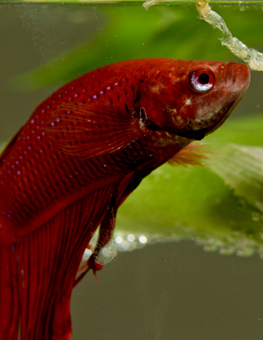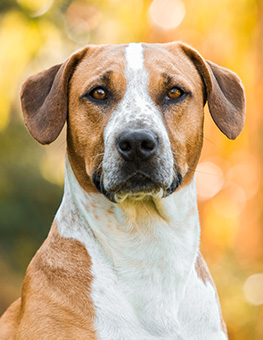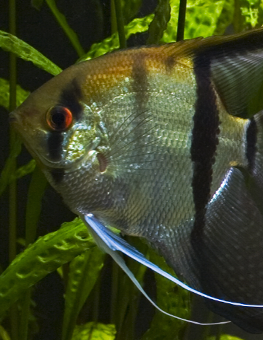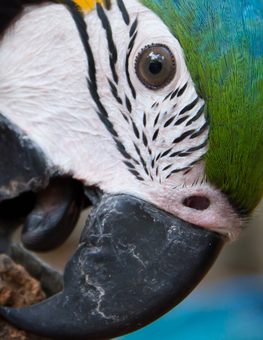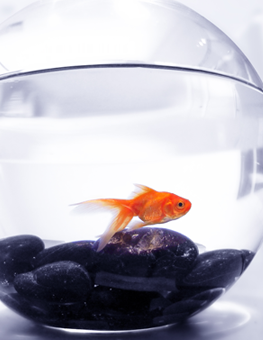Cozy Reptile Homes
The conditions inside your home affect the conditions inside your pet's vivarium.
Chances are good that you've taken your pet far away from the natural environment in which he would ordinarily thrive. For your pet's well being, you must attempt to recreate that environment within the confines of your human living space.
Vivarium basics
To ensure your reptile's comfort, his vivarium should be free from:
- Excessive noise
- Airborne contaminants such as cigarette smoke, pesticides, air fresheners, and cleaning agents
- Extreme temperatures as well as temperature changes
And out of the way of:
- Other pets
- Small children
- Drafts
Remember: Any change to your reptile's environment, both inside and outside the vivarium, must be gradual. Reptiles can adapt to change but not rapid, extreme shifts in their environment.
Natural sunlight
While you will still have to provide artificial sources of heat and light for your pet, placing his habitat in a location that offers exposure to natural sunlight, in a temperature-controlled area, will help your reptile adapt to his new surroundings. Natural sunlight is also necessary for him to produce vitamin D3, which needed for proper metabolic function.
Temperature and humidity
Certain reptiles may require a much warmer, and/or humid environment than would be acceptable for the rest of your living space. Keep the following in mind as you set up or make changes to your reptile's home:
- The atmosphere inside of your home creates the weather that your pet will experience.
- Although the temperature and humidity of the vivarium can be adjusted, these conditions cannot be vastly different from your home if you have an open system.
- The glass or plastic environment that your pet lives in can sometimes be deceiving. He is not totally cut-off from your environment.
- The needs of each reptile species are different. Research your reptile's special requirements before bringing him home.




